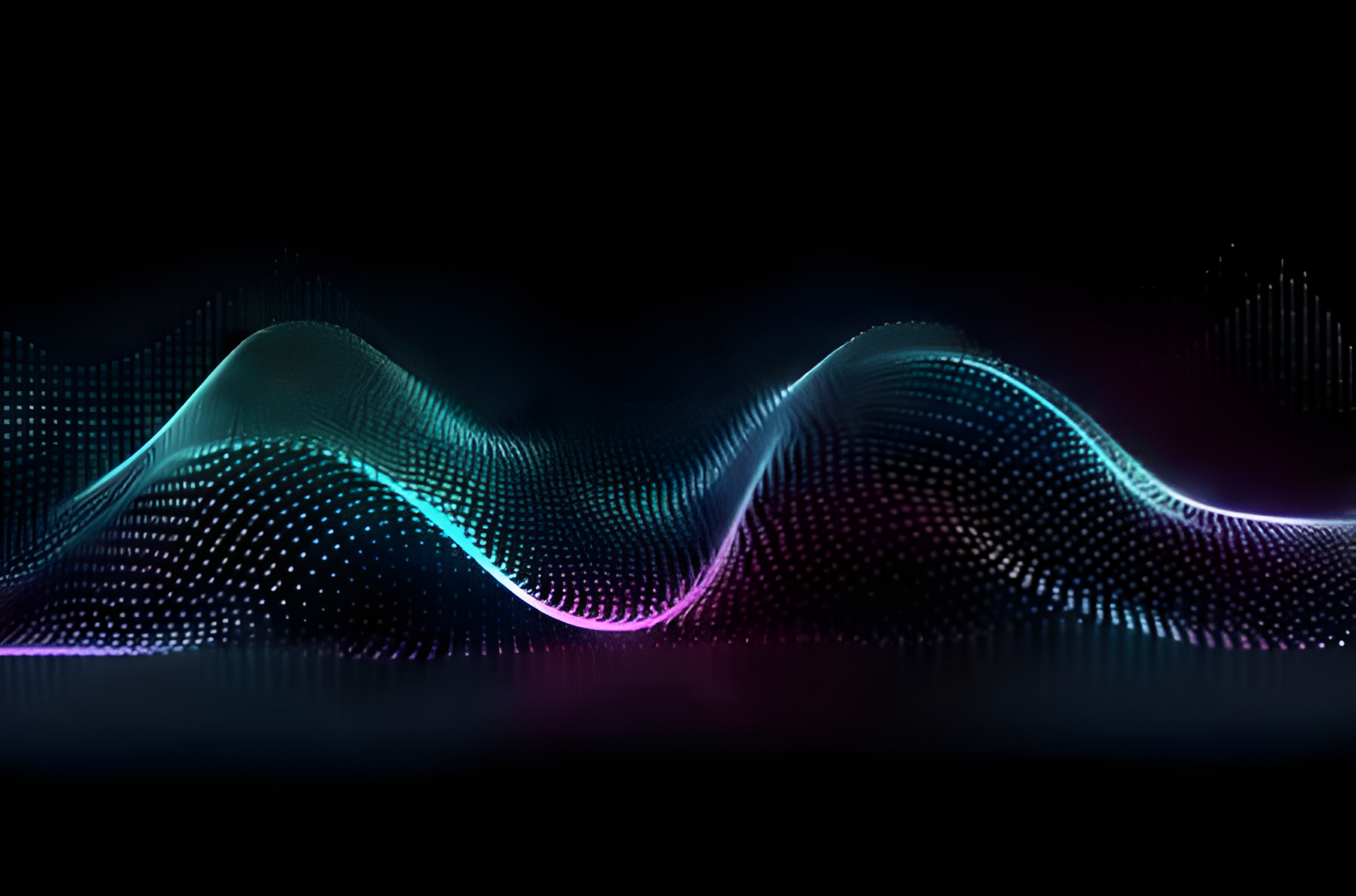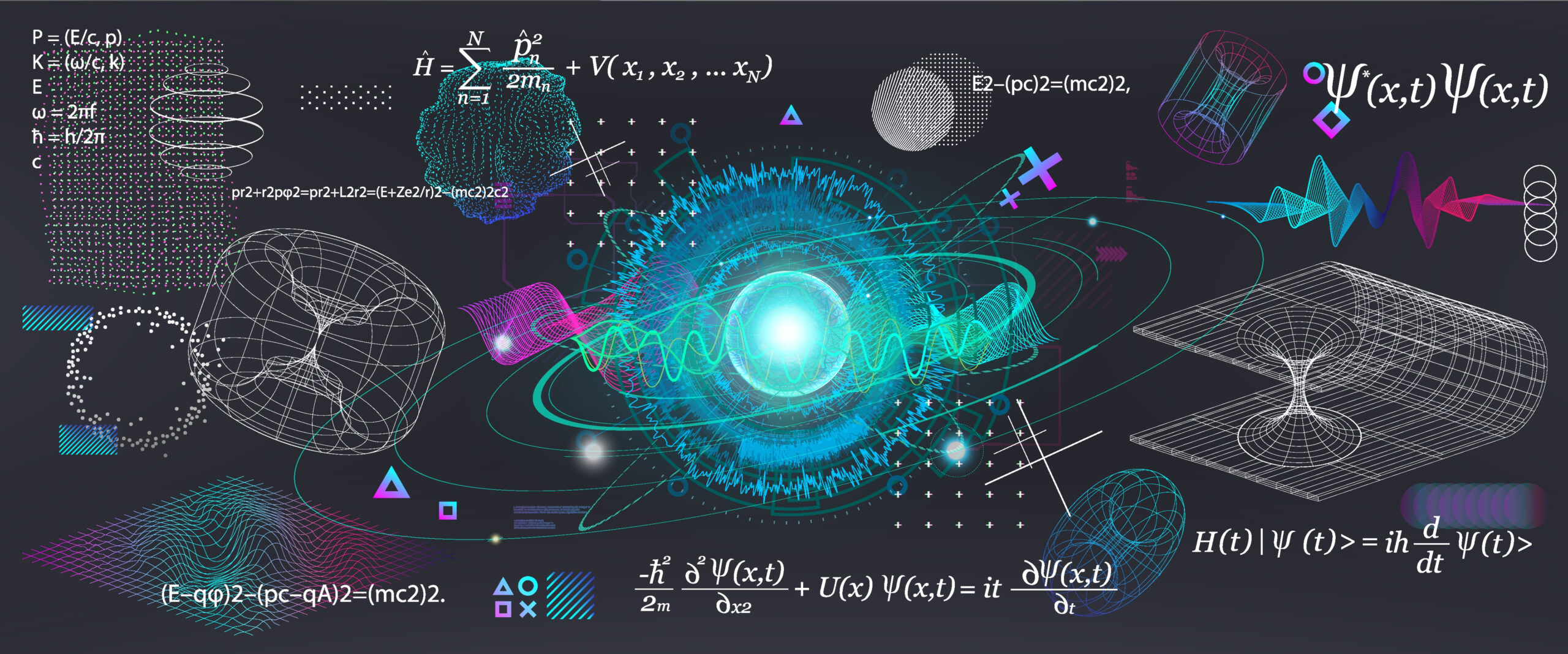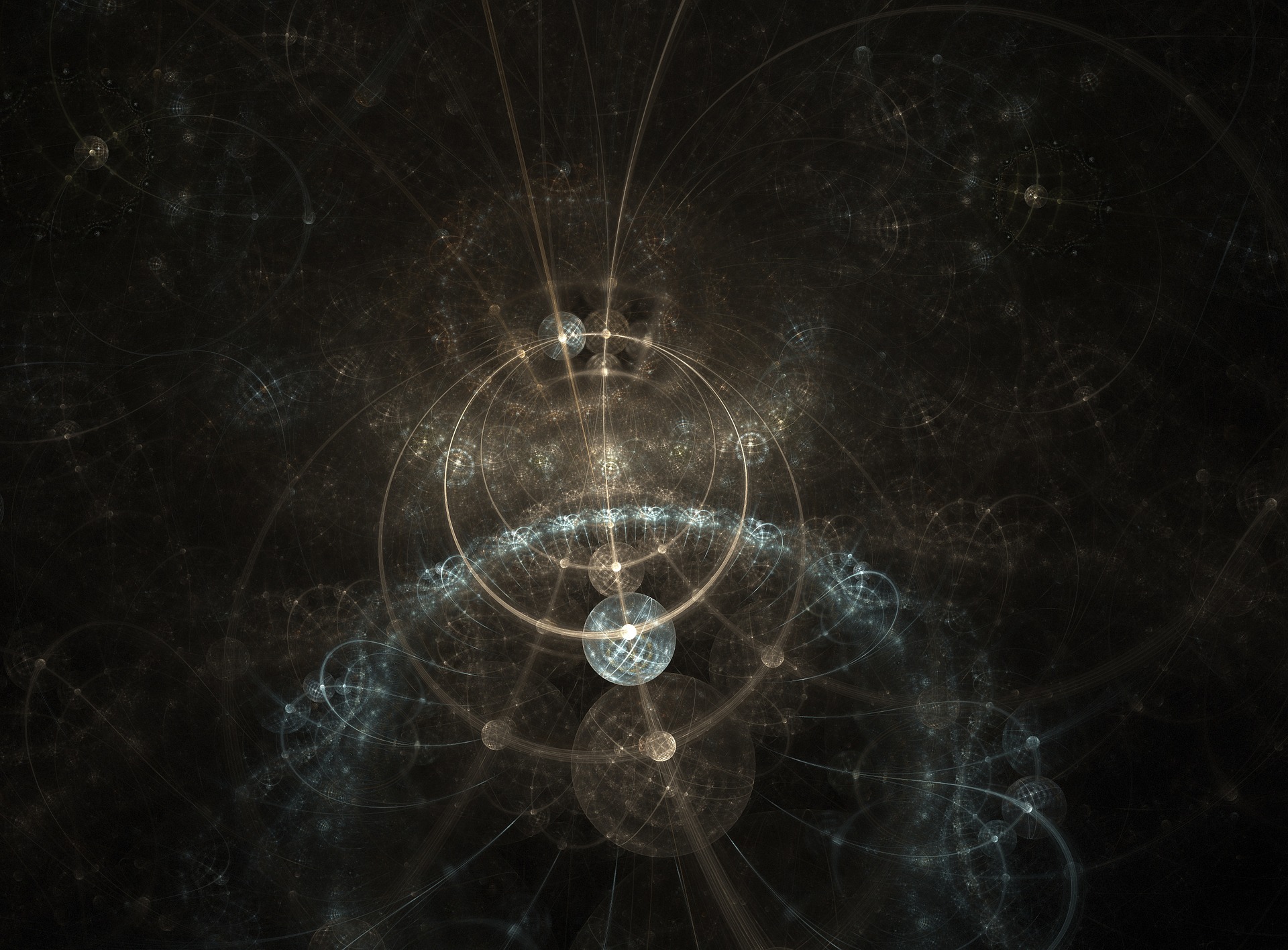What Is Light, Really? Unveiling the Mysteries of Illumination
Hey there, curious minds! Have you ever found yourself gazing into the sky, marveling at the brilliance of the sun, or simply switched on a light bulb and wondered, “What is light, really?” Well, you’re not alone. Today, we will dig deep into the fascinating world of the mechanics of light and unravel some of its deepest secrets.
The Particle Perspective: Meet Mr. Photon

Let’s start by discussing the tiniest superstar in the realm of light—the photon. According to quantum mechanics, light is made of particles called photons. Imagine photons as little packets of energy, zipping around at the speed of light, which is a jaw-dropping 299,792,458 meters per second. Yes, they’re the real-life Speedy Gonzales!
Speed of Light c = 3×108 m/s
Why should you care about photons? Well, every time you snap a photo with your phone, photons are the ones hitting the camera sensor, capturing the beauty of your selfie or the majesty of a sunset.
Light as a Wave: The Ocean Analogy
Now let’s flip the script. Did you know that light can also behave like a wave? Imagine throwing a stone into a pond. The ripples spread outwards, right? Light does something similar but in three dimensions and way, way faster.
Wavelength λ and Frequency f Relationship c=λ×f
In the case of light, the term “wavelength” refers to the distance between one peak of the light wave to the next. The “frequency,” on the other hand, is the number of waves that pass a fixed point in one second. When you see different colors, you’re actually seeing light at various wavelengths and frequencies. Red light has a longer wavelength than blue light. So, when you’re watching a beautiful sunset, you’re basically looking at science in action!
The Wave-Particle Duality: The Mechanics of Light’s Double Life
You might think, “So, is light a particle or a wave?” Brace yourself: it’s both! This concept is known as the wave-particle duality. Think of it as light having a versatile career, moonlighting as both a particle and a wave depending on the situation.
Equation 3: De Broglie Wavelength λ=h/p, where h is Planck’s constant and p is momentum.
For instance, when light interacts with matter like electrons or atoms, it acts more like a particle, delivering a ‘quantum punch’ of energy. But when it’s cruising through space or passing through lenses, it behaves like a wave.
Why Nothing Zips Past Light: The Cosmic Speed Limit

Einstein’s Theory of Relativity: The Rule Book
Albert Einstein shook the scientific world with his Theory of Relativity. Essentially, this theory tells us that the faster an object moves, the more its mass increases. To visualize it, think of a spaceship speeding up. As it approaches the speed of light, its mass skyrockets.
Here’s where the equation E=mc2 comes in handy. In the equation, E stands for energy, m for mass, and c for the speed of light (c=299,792,458 m/s, to be exact). So, the faster you go, the more energy you need to keep accelerating. This leads to an infinite energy requirement as you approach the speed of light, making it theoretically impossible to reach, let alone exceed.
The Double-Slit Experiment: The Mechanics of Light’s Identity Crisis
Let’s switch gears and talk about light itself. Light behaves both as a particle and a wave, which was famously demonstrated in the Double-Slit Experiment. When scientists shot light through two slits, it created an interference pattern, typical for waves. However, when they observed it more closely, light also displayed particle-like behavior. Weird, right?
This dual nature of light raises interesting questions. For instance, if light is a particle, how can it reach such high speeds? Particles have mass, but photons (the particles of light) are massless. Being massless allows photons to move at the speed of light right from the get-go. They don’t have to worry about the pesky mass-increase issue we talked about earlier!
Warp Speed: Only in Science Fiction?

For the fans of Star Trek, the concept of warp speed is nothing new. However, in the real world, warp speed remains in the realm of science fiction. Sure, theoretical physics gives us concepts like “wormholes” that could potentially allow faster-than-light travel. But as of now, they remain just that: theoretical.
In simple terms, if you were to travel faster than light, you’d end up violating some fundamental laws of physics. For example, you’d end up going back in time according to the equations. While time travel makes for a great movie plot, it creates paradoxes that are hard to resolve in the real world.
So, there you have it! The universe has set a speed limit, and that limit is the speed of light. Whether it’s Einstein’s equations or the unique properties of light itself, our current understanding of physics holds this cosmic speed limit sacred. While the dream of warp speed is fun to entertain, for now, we’ll have to be content watching it on the big screen. Until then, keep questioning and keep exploring!
Click here to learn more about the mathematics and physics of warp drive!
How Light Travels: Wave vs. Particle Debate

The Wave Theory of the Mechanics of Light
Way back in the 1600s, scientists like Christiaan Huygens argued that light traveled as a wave. This concept seemed to explain phenomena like refraction and diffraction. Remember the equation for the speed of light? c=λ×f, where c is the speed of light, λ is the wavelength, and f is the frequency. This equation was born out of the wave theory.
So, what’s a real-world example? Think of a rainbow. When light hits water droplets in the atmosphere, it bends—this is refraction. The colors separate and form a spectrum, and voila, we get a rainbow!
Particle Theory Lights the Stage
Enter Sir Isaac Newton, who had a different take altogether. He said, “Forget waves; light is a stream of particles!” According to Newton, these particles, or ‘corpuscles’ as he called them, travel in a straight line until they hit something.
Ever played with a laser pointer? Newton would say that’s an example of light acting as particles. You point it, and it goes straight to the target—no bending or wiggling. It’s like playing darts but with photons instead of arrows.
Quantum Mechanics: Best of Both Worlds
Fast forward a few centuries, and we get to Quantum Mechanics, the theory that has us all scratching our heads. You see, according to quantum theory, light can be both a particle and a wave. Yep, you read that right—both! This dual nature is perfectly demonstrated by the famous Double-Slit Experiment.
Here’s a simplified version of the experiment: Shoot light through two parallel slits and observe the pattern it makes on a screen behind the slits. If light were strictly particles, you’d expect to see two bright lines. But no, you see a series of lines—interference patterns—which suggest that light behaves as waves. The kicker? If you measure the particles going through the slits, the interference pattern disappears. It’s as if light says, “If you’re watching, I’ll act like a particle. If you’re not, I’m a wave.”
Why Light Mechanics Matters in Your Daily Life
Hey there, light enthusiasts! You might think that the mechanics of light are solely for scientists with lab coats and thick textbooks, but you’d be wrong. Light plays an essential role in many facets of your everyday life, and you don’t have to be a physicist to appreciate its wonders. So, let’s dive into some of the surprising and downright awesome ways light mechanics impact your world every day.
Lighting Up Your Home: It’s More Than Just a Bulb
When it comes to lighting up your home, you might not give a second thought to flicking that switch. But did you know the type of bulb you use is a result of light mechanics? For instance, LED lights work through a process called electroluminescence, where electrical currents pass through a microchip, illuminating the tiny light sources we call LEDs. Here’s a simplified equation to think about:
E=hf . E is energy, h is Planck’s constant, and f is frequency.
This equation tells us how energy relates to the frequency of light, helping engineers design energy-efficient bulbs. Next time you replace a bulb, you’ll know there’s a little more science involved than you thought!
How Fiber Optics Bring the World to Your Fingertips
You’ve probably heard of fiber optics, especially if you’re into fast internet connections. But what’s the science behind it? Fiber optics rely on the principle of total internal reflection. Light beams are transmitted through a fiber optic cable and bounce off the walls without being absorbed. It’s basically light doing parkour at super-speeds!
Here’s a nifty equation to ponder:
n1 and n2 are the refractive indices, and θ1 and θ2 are the angles.
This equation is crucial for engineers who work to minimize light loss in fiber optic cables, giving you a fast and reliable internet connection. So, the next time you’re binge-watching your favorite show, you know who to thank!
The Magic of Photovoltaic Cells: Turning Light into Power
Solar energy is all the rage these days, and rightfully so. It’s clean and efficient, and yes, it uses the mechanics of light in a brilliant way. Solar panels contain photovoltaic cells that convert sunlight into electricity. When photons from the sun hit the cell, they energize electrons, setting them in motion and generating an electric current.
The equation for this is: I=P/A Where I is the current, P is the power, and A is the area of the cell.
That’s right, your solar panels are a shining example (pun intended!) of light mechanics at work, turning sunlight into the electricity that powers your home. With every sunny day, you’re literally capturing light to fuel your life.
Click here to learn more about Real-World Applications and Quantum Breakthroughs!



